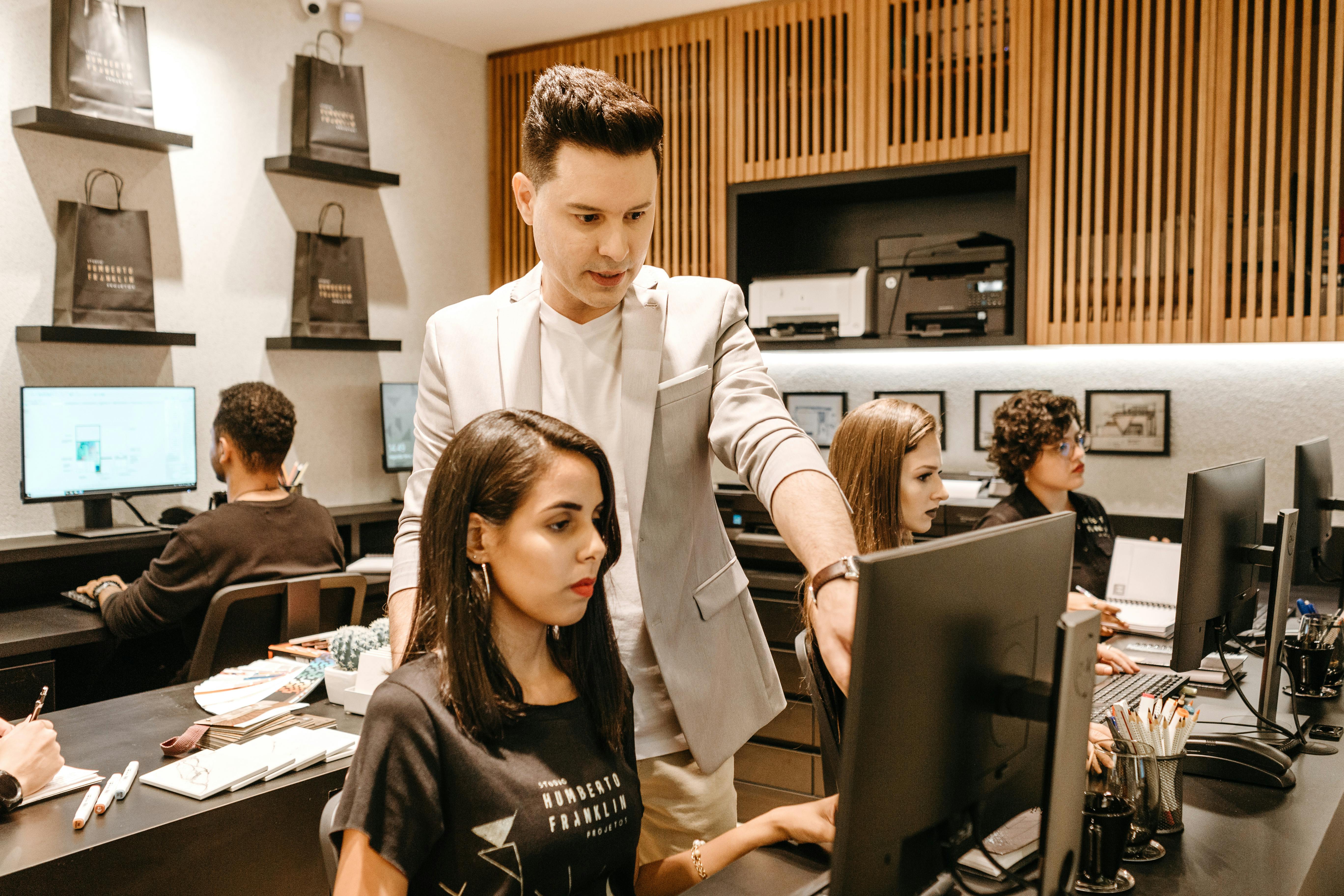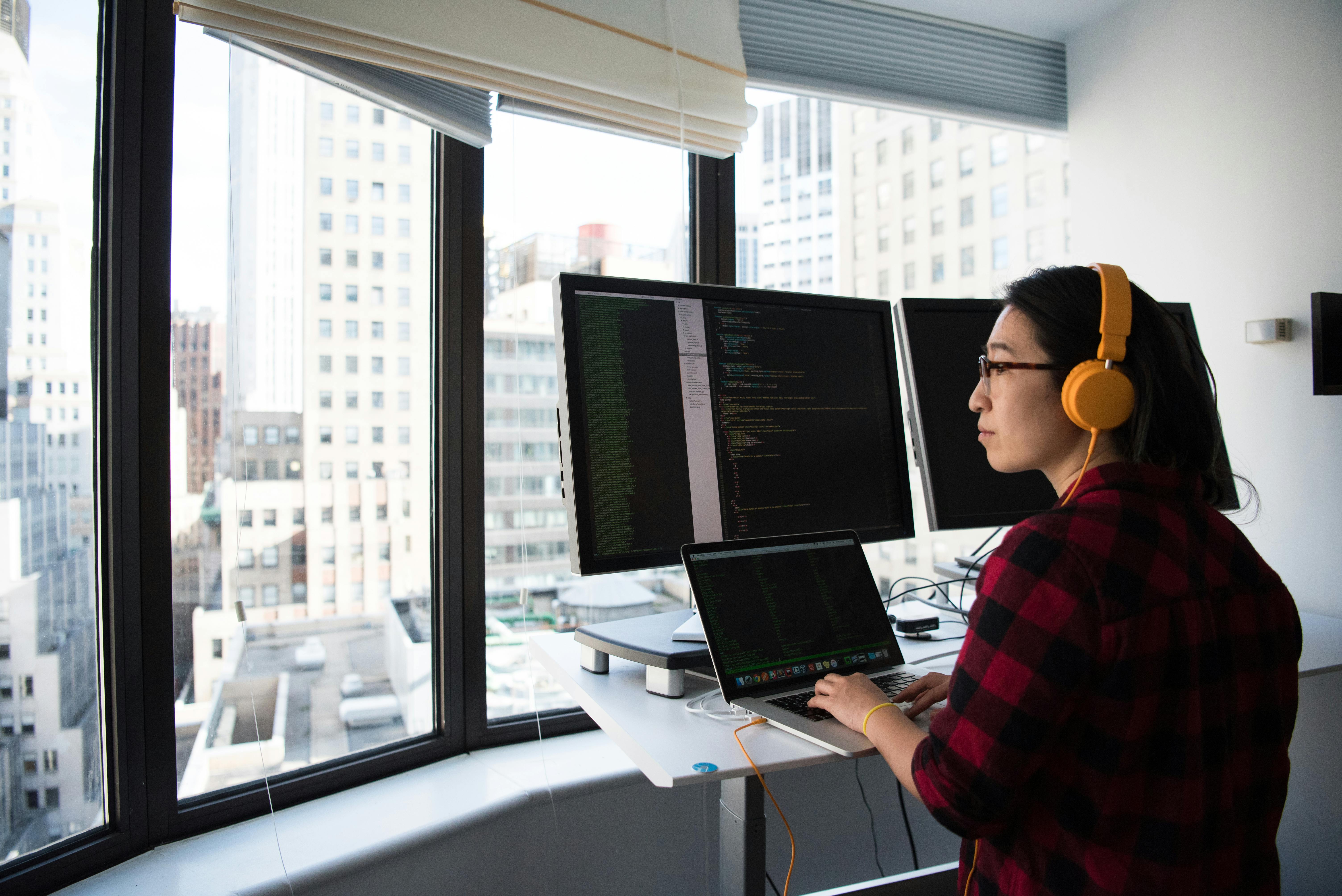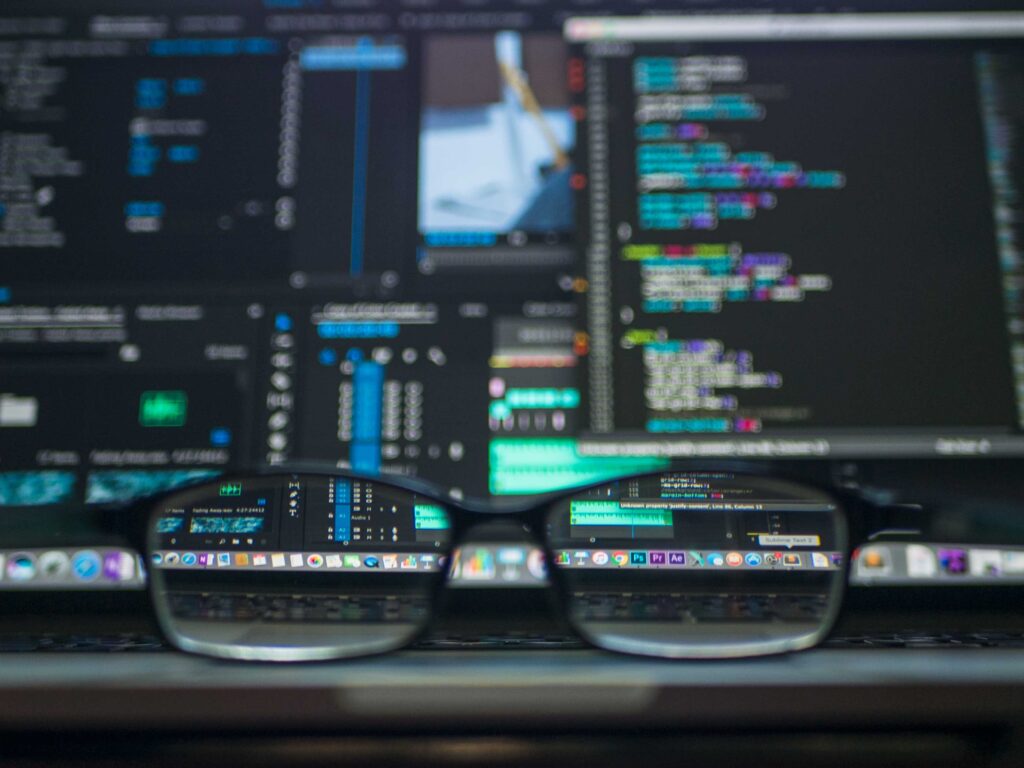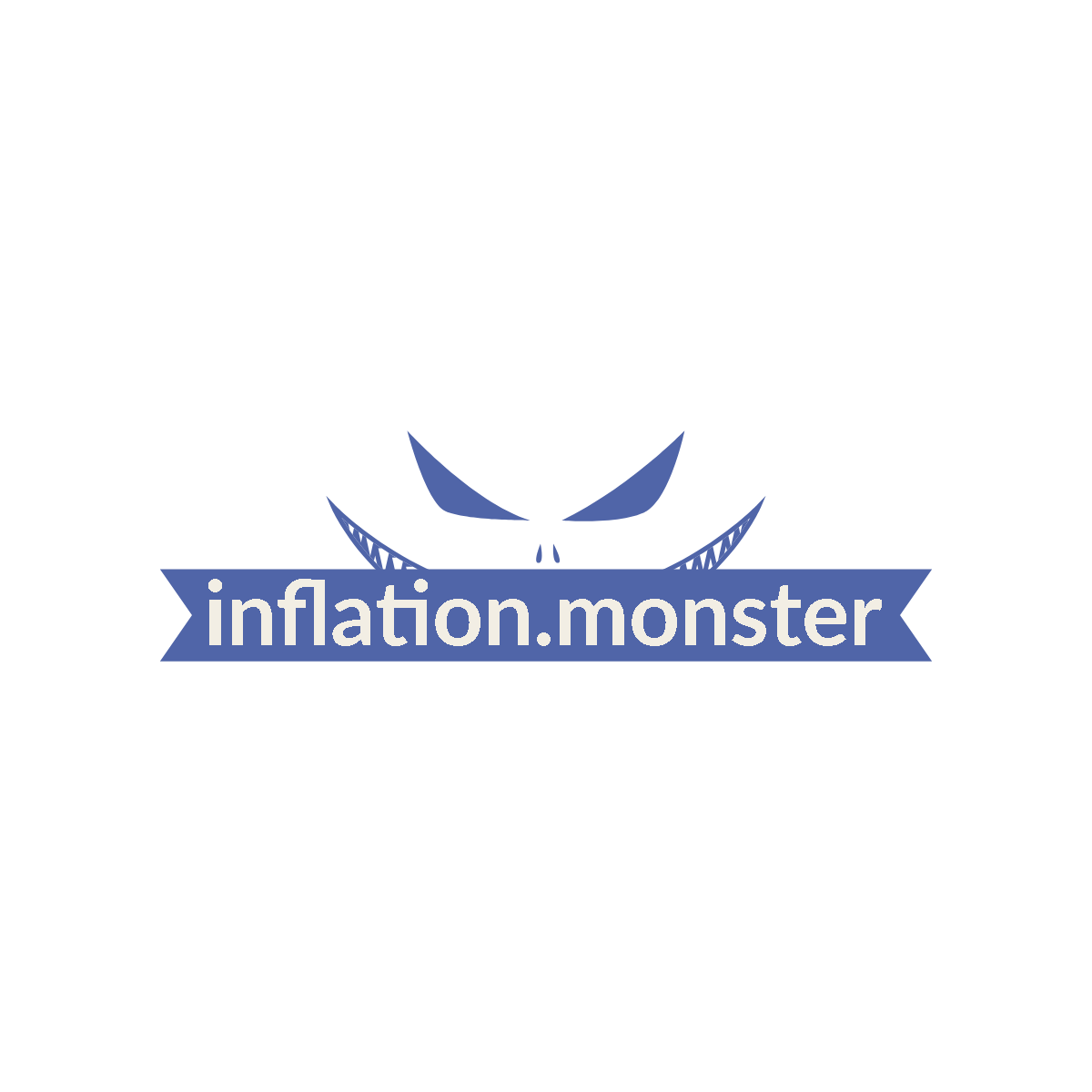In today’s ever-changing world, where prices seem to keep rising, it’s important to stay informed about the impact of inflation on our economy and daily lives. At Inflation.Monster, we are dedicated to providing you with valuable insights into the complex realm of inflation and its effects on money and economics. In this article, we will explore the future of retail and examine the latest shopping trends in light of inflation. Join us as we delve into the world of hard money, uncovering the mysteries behind the inflation monster, and equipping you with the knowledge you need to navigate the financial landscape.
Inflation and the Future of Retail: Shopping Trends
The retail industry has always been subject to various external factors that shape its strategies and trends. One such factor that has a significant impact is inflation. As inflation rises, it affects the purchasing power of consumers and ultimately alters their shopping behavior. In this article, we will explore the impact of inflation on the retail industry and the changing trends it has brought about.

1. Impact of Inflation on the Retail Industry
When inflation increases, the prices of goods and services also rise. As a result, consumers need to spend more money to purchase the same products they used to buy at lower prices. This decrease in purchasing power can have a detrimental effect on the retail industry, as consumers may switch to cheaper alternatives or reduce their overall spending.
Inflation also affects the overall cost of production for retailers. As the prices of raw materials and labor increase, retailers may face higher operating costs, leading to reduced profit margins or increased prices for end consumers.
To mitigate the impact of inflation, retailers often look for ways to optimize their supply chains and find cost-efficient solutions. They may also negotiate better deals with suppliers or search for alternative sourcing options. Additionally, retailers may rely on strategic pricing strategies to balance out the impact of inflation on their profitability.
2. Changing Consumer Behavior
As inflation escalates, consumers tend to alter their shopping behavior to adapt to the changing economic landscape. They become more price-conscious and seek out value for their money. This change in consumer behavior has led to several trends in the retail industry that aim to cater to these evolving needs.

3. Online Shopping: The Dominant Trend
One of the most prominent effects of inflation on the retail industry has been the rise of online shopping. With the increasing cost of living, consumers have become more inclined to explore cost-effective alternatives. Online shopping offers convenience, competitive pricing, and an extensive range of products, making it an attractive option for budget-conscious consumers.
The shift towards online shopping has forced brick-and-mortar retailers to adapt and establish an online presence. Many traditional retailers have started investing in e-commerce platforms to cater to the changing consumer preferences. This trend has also given rise to new market players, such as online marketplaces and direct-to-consumer brands, that capitalizes on the growing demand for online shopping.
4. Rise of Mobile Commerce
With the increasing accessibility of smartphones, mobile commerce has emerged as another significant trend in the retail industry. Mobile shopping allows consumers to browse and purchase products on-the-go, eliminating the need for physical stores or desktop computers.
As inflation rises, consumers are more likely to use their smartphones to compare prices, read reviews, and make informed purchasing decisions. This trend has prompted retailers to optimize their websites and develop mobile applications to enhance the mobile shopping experience. Mobile commerce is expected to continue growing as smartphones become more affordable and internet access becomes more widespread.

5. Personalization and Customization
In a highly competitive retail landscape, personalization and customization have become crucial for retailers to differentiate themselves and attract customers. As consumers become more price-conscious due to inflation, they seek personalized experiences and products that cater to their specific needs and preferences.
Retailers are leveraging technologies such as artificial intelligence and data analytics to customize their offerings and improve the overall shopping experience. Personalized recommendations, tailored promotions, and interactive product customization options are becoming more prevalent in the retail industry.
6. Sustainability and Ethical Shopping
As consumers become more aware of the environmental and social impact of their shopping choices, sustainability and ethical shopping have gained momentum. Inflation has further amplified this trend, as consumers opt for quality and long-lasting products that provide value for money.
Retailers are increasingly adopting sustainable practices and offering eco-friendly products to meet the growing demand. This includes using ethically sourced materials, reducing waste, and supporting fair trade. Sustainability-focused marketing campaigns have also become prevalent to attract consumers who prioritize environmental and social responsibility.
7. Influencer Marketing and Social Commerce
In the digital age, influencers have become powerful voices that sway consumer purchasing decisions. Influencer marketing has become an effective strategy for retailers to reach their target audience and promote their products.
As inflation affects consumer spending, retailers are turning to influencers to endorse their products and create a sense of trust and authenticity. Influencer collaborations and sponsored content have become common, particularly on social media platforms like Instagram and YouTube. This trend has also given rise to social commerce, where consumers can make purchases directly through social media platforms, streamlining the buying process.
8. Augmented Reality Shopping Experiences
Augmented Reality (AR) has revolutionized the way consumers interact with products and make informed purchasing decisions. AR technology allows consumers to visualize products virtually, try them on, or see how they would look in their own homes before making a purchase.
As consumers become more cautious about their spending due to inflation, AR shopping experiences provide a level of certainty and reduce the risk of dissatisfaction. Retailers are adopting AR technology to enhance the online shopping experience and bridge the gap between physical stores and online platforms. This trend has the potential to reshape the retail landscape by blending the benefits of both online and offline shopping.
9. Rise of Autonomous Stores
The increasing cost of labor due to inflation has led to the rise of autonomous stores. These stores utilize technologies such as artificial intelligence, computer vision, and sensor systems to provide a cashier-less shopping experience.
Autonomous stores allow consumers to enter, shop, and exit without the need for human interaction. This trend caters to consumers looking for quick and hassle-free shopping experiences while reducing operating costs for retailers. The convenience and efficiency offered by autonomous stores make them an attractive option for cost-conscious consumers.
10. The Role of Artificial Intelligence in the Retail Industry
Artificial Intelligence (AI) has emerged as a game-changer in the retail industry. As inflation impacts consumer behavior and operating costs, AI-powered solutions have become increasingly relevant for retailers to improve efficiency, profitability, and customer experiences.
AI is being used for various applications in retail, including inventory management, demand forecasting, personalized recommendations, and chatbots for customer support. These AI-powered solutions help retailers optimize operations, minimize costs, and enhance customer satisfaction. As inflation continues to shape the retail industry, the role of AI is expected to become even more prominent.
In conclusion, inflation has a significant impact on the retail industry and its trends. As inflation rises, consumers adjust their shopping behavior accordingly, seeking cost-effective alternatives and personalized experiences. Online shopping, mobile commerce, sustainability, and AI-driven solutions are some of the trends that have emerged as a response to inflation. Retailers must adapt to these changing trends to remain competitive and meet the evolving needs of consumers in an inflationary environment.




